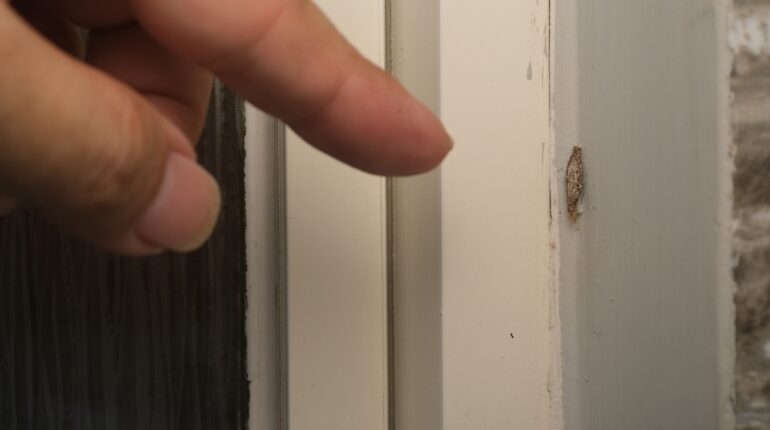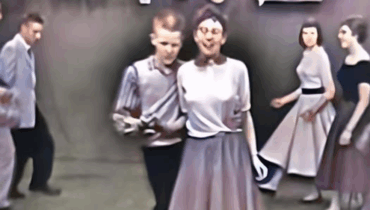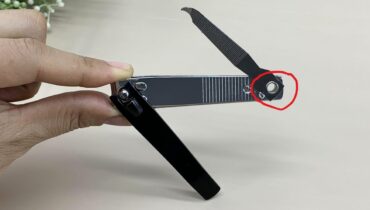📌 Ever Seen This Creepy Wall-Clinging Moth? Meet the Kamitetep

Posted 19 September 2025 by: Admin
Some insects might quietly protect your home, but others can silently damage it—kamitetep moths are one of those pests you don’t want settling in.
Plaster bagworms and household casebearers
Kamitetep, officially Phereoeca uterella, belongs to the Tineidae moth family. These bugs are better known for their larval stage than as adults—when they’re called plaster bagworms or household casebearers. Some experts argue that true household casebearers are actually Phereoeca allutella, a separate species, but either way, you don’t want these moths turning your closets into their pantry.
Kamitetep and their cases
Larvae create small, gray, flat, tube-shaped cases that act as portable shields. They drag these cases around while searching for food and later pupate inside them, transforming into winged moths. The cases blend easily with walls or garden debris, so many homeowners only discover an infestation when they find abandoned cases or see larvae crawling near food sources.
Life stages
Like most moths, kamitetep go through four stages: egg, larva, pupa, and adult. Females hide eggs in clusters in sheltered spots. After hatching, larvae feed, grow, and molt several times before sealing themselves inside their cases as pupae. Adults are about half an inch long with grayish-brown scales.
Diet
They prefer heat and humidity, making closets, basements, attics, and garages prime real estate. Their menu includes dust, wool, feathers, spiderwebs, silk, lint, dead insects, paper, and plant debris—but they generally avoid cotton. Unfortunately, they can chew through rugs, clothes, and important documents.
Where they hide
Search cardboard boxes, fabric storage, and carpet edges. Look for their small tubular cases hanging on walls or ceilings or for larvae crawling near them. Adults, like other moths, are attracted to light fixtures.
How to get rid of kamitetep
Deep clean: Vacuum rugs, furniture, closets, attics, and basements—especially corners and seams.
Seal entry points: Use caulk or weatherstripping around windows and doors.
Reduce humidity: Run a dehumidifier where possible.
Remove cases immediately: Dispose of any cases or larvae you spot.
Professional help: If infestations persist, call pest control.
How to prevent infestation
Minimize clutter and store food in airtight containers.
Regularly vacuum and dust areas prone to humidity.
Routine cleanings make your home less inviting to these moths—starve them of food sources, and they’ll move on.
In case of a serious problem
If deep cleaning and humidity control don’t work, insecticidal sprays or professional exterminators may be necessary. While kamitetep don’t harm people or pets directly, they can damage property quickly. Let pest control staff know if you also have spiders, since their webs can sustain these moths.




















